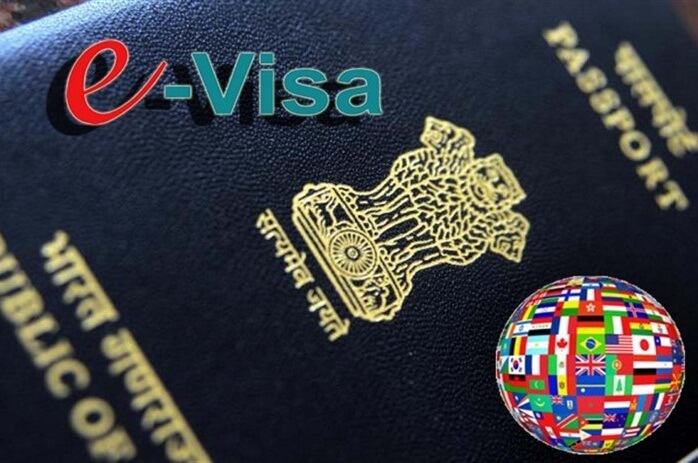Introduction:
The era of digitization has revolutionized the way international travelers apply for visas, and India is no exception. The government of India offers several types of e-Visas, which have simplified the visa application process and allowed for a more efficient entry into the country. In this essay, we will explore the various types of Indian E Visa, their specific requirements, and the benefits they offer to visitors.
1. Tourist e-Visa:
The most common type of Indian e-Visa is the Tourist e-Visa. It is design for leisure travelers, allowing them to explore India’s rich cultural heritage, historical landmarks, and natural landscapes. This visa permits a stay of up to 90 days and is valid for a period of one year from the date of issue.
2. Business e-Visa:
The Business e-Visa is intend for individuals seeking to engage in commercial activities in India. It enables visitors to attend meetings, conferences, and business-related events for a maximum period of 180 days. This visa is valid for one year and allows multiple entries.
3. Medical e-Visa:
The Medical e-Visa facilitates medical tourism by granting access to individuals seeking specialized medical treatment in India. This visa permits travelers to stay in the country for up to 60 days and is valid for a period of one year. Applicants must provide evidence of medical treatment being sough, along with an invitation from a recognize medical institution in India.
4. Conference e-Visa:
Designed for individuals attending conferences, seminars, or workshops, the Conference e-Visa streamlines the visa application process. It allows participants to stay in India for up to 30 days and is valid for a period of one year.
5. Student e-Visa:
The Student e-Visa is tailor for international students pursuing education in Indian educational institutions. It allows a student to stay INDIAN VISA REJECTED in India for a maximum period of five years, or until the completion of the academic program, whichever is earlier. To qualify for this visa, applicants must provide proof of admission or enrollment from a recognized Indian educational institution.
6. Film e-Visa:
Designed for foreign filmmakers, crew members, and technicians, the Film e-Visa simplifies the process of shooting films, documentaries, or reality TV shows in India. This visa permits a stay of up to one year and is valid for one year or until the project’s duration, whichever is earlier.
7. Employment e-Visa:
The Employment e-Visa is issue to foreign nationals seeking employment opportunities in India. It is valid for a period of one year and permits a stay of up to 180 days. Applicants must present a copy of their employment contract or offer letter from an Indian company.
8. Project e-Visa:
The Project e-Visa is grant to individuals engage in specific projects in India, such as executing a contract or providing consultancy services. This visa allows a stay of up to one year and is valid for one year or until the project’s duration, whichever is earlier.
Conclusion:
The Indian government’s introduction of various e-Visa categories demonstrates its commitment to facilitating international travel and encouraging economic growth. These simplified and streamlined visa application processes help attract a diverse range of visitors, including tourists, businesspersons, students, and professionals, to experience and contribute to India’s vibrant economy and rich cultural heritage. By offering a wide range of e-Visas, India ensures a smooth entry process and fosters positive international relations.
